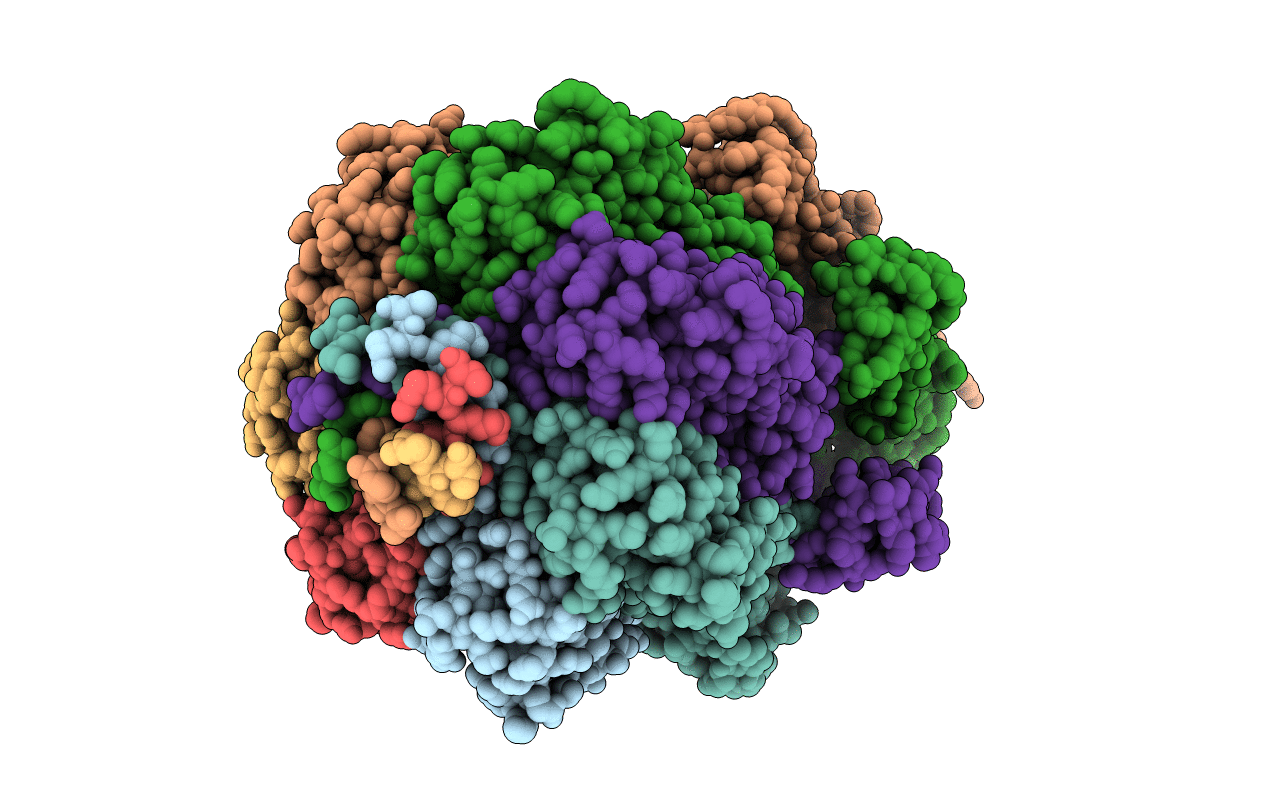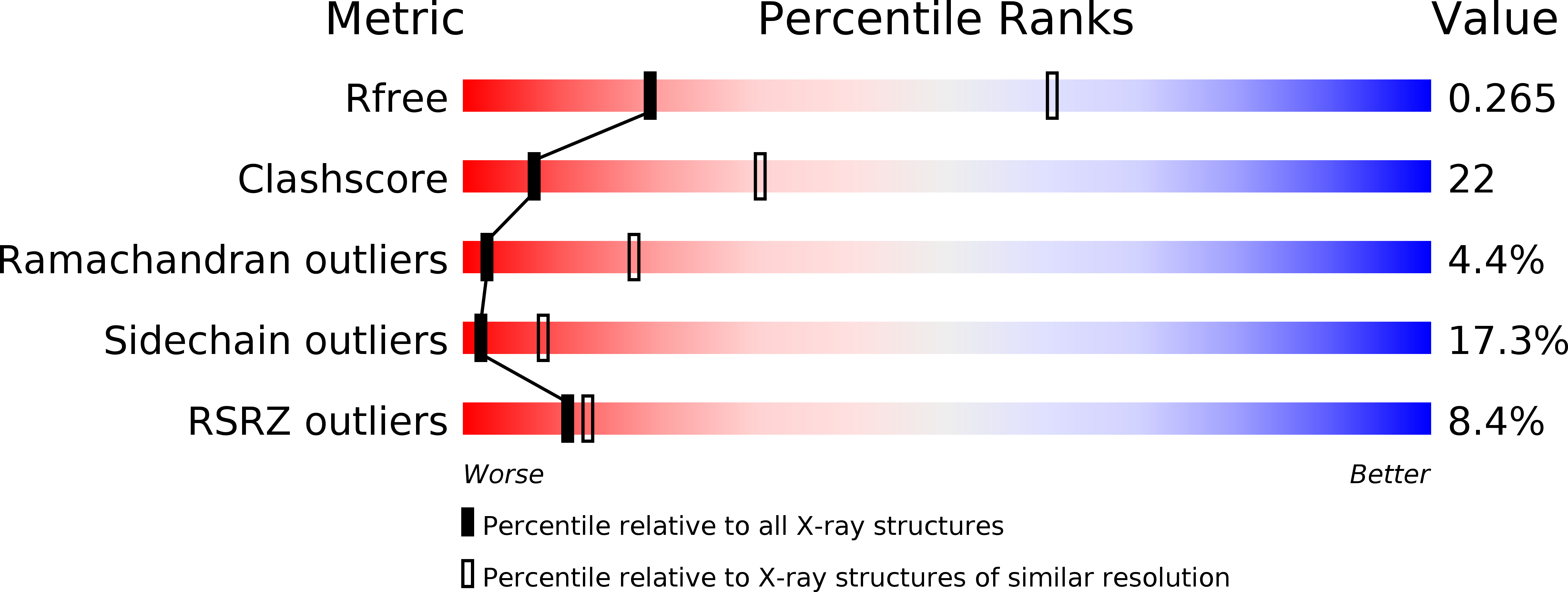
Deposition Date
2011-10-28
Release Date
2012-10-31
Last Version Date
2023-11-01
Entry Detail
Biological Source:
Source Organism:
Thermoanaerobacter tengcongensis (Taxon ID: 273068)
Escherichia coli (Taxon ID: 83333)
Escherichia coli (Taxon ID: 83333)
Host Organism:
Method Details:
Experimental Method:
Resolution:
3.36 Å
R-Value Free:
0.27
R-Value Work:
0.24
R-Value Observed:
0.24
Space Group:
P 21 21 21


